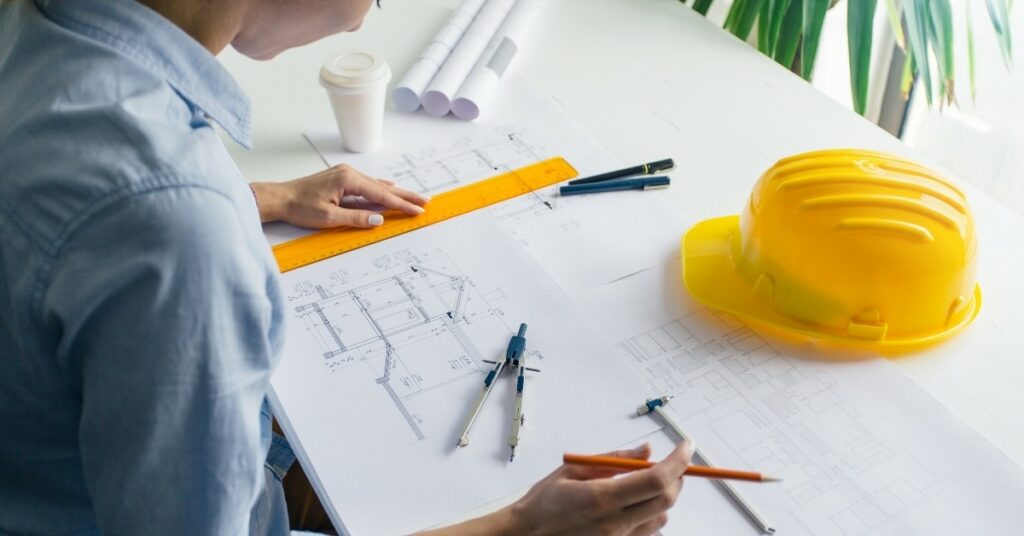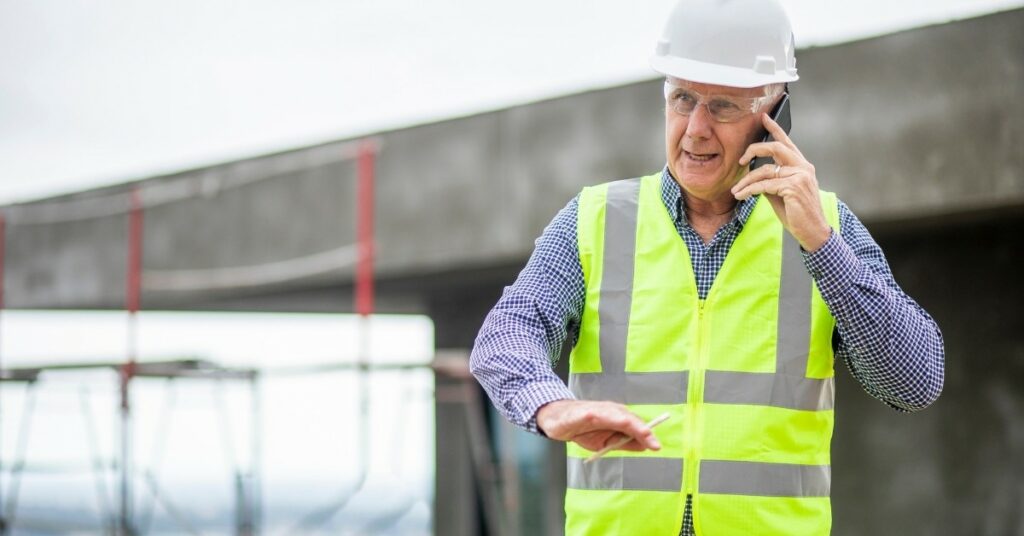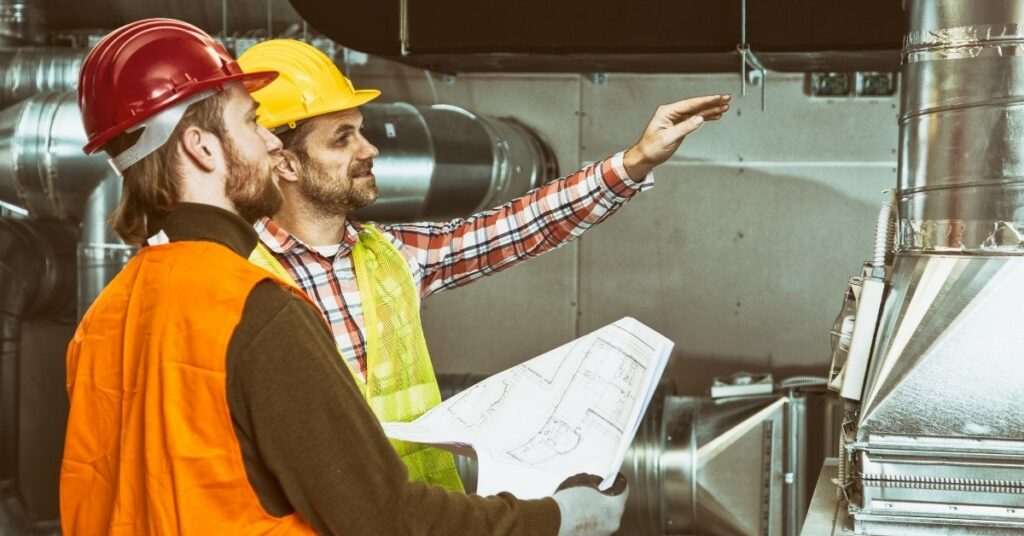How will you ensure that your construction is completed without extremely costly delays?
Although each investment is unique and the needs of each investor may be different, some aspects of the construction process in the broader sense are repeated. Unfortunately, one of these is delays. Delays can occur frequently, annoy everyone and lead to negative financial consequences, chaotic team changes and even the breaking of contracts. Delays pose a serious problem and should be addressed.
That is why my latest article focuses on minimising them. For nearly 20 years, I have had the opportunity to speak with investors from all areas of the construction industry, from assistants to managers, through the UK and the Netherlands, to Poland, and they all mention the same problem that keeps them up at night: How is it possible that their companies, often large corporations, were losing valuable resources on mistakes that were so easy to avoid?
In response to this nagging question, I have decided to draw up a list of the five most common mistakes in the construction process for you. Whether you are just starting to dream about your own headquarters or are already looking at the city from above, from a comfortable chair, becoming familiar with these common mistakes will make your life much easier in the long run.

The first mistake
Lack of proper preparation for the project
It is clear that when you’re investing money, you want to see the effects as soon as possible. Unfortunately, the rush to get started often results in choosing the wrong people. Meanwhile, predicting potential downtimes, coordinating all installations, setting a detailed schedule, and ordering equipment when necessary – all this will be done on your construction site by an experienced designer.
Such a designer, additionally thanks to MBA studies in business modelling, team management and sales, can certainly approach the design challenge and carry it through all stages, as well as take an active part in the construction. He should also regularly update his manufacturer base to make sure he chooses the one that best meets all your needs.
The foundation of a good project coordinator must be made of solid reinforced concrete – this is when he is able to prove his experience to the investor. Such an experience for me was designing the European Patent Office in Rijswijk – one of the most technologically advanced buildings in the Netherlands and Europe. I spent many extra hours in dialogue to gain an in-depth understanding of the needs of the building supervisor, for what resulted in one of the largest and most complex technical rooms in Europe, in prefabrication technology. Something that, at the start seemed highly complex and difficult to achieve, was successfully executed as a result of effective communication. It was like building with LEGO bricks. You can assess the effects of this work here:
PANORAMA (click / press to enter)

The second mistake
Keeping up only with the day-to-day work and not anticipating future problems before they arise
And every problem adds additional cost, right? That’s why the design must be divided into detailed stages in advance, with clear initial objectives. In our company, we use the Spiral Communication Model we have developed. Thanks to this, we know that the process of exchanging questions and answers between contractors and subcontractors runs smoothly. The process related to project matters, which seems to be intricate and complicated at the beginning, is solved by the Spiral Communication Model system to ensure your comfort. Our standard is to verify the details of each arrangement several times, so as to prevent downtime and costly rework that would result, especially when a part of the project has already been created in the 3D BIM model. Thanks to the above or thanks to our use of SMK, working with us will protect you from these bothersome, unforeseen, extra charges related to design changes that result from miscommunications.

The third mistake
Communication with the contractor is at fault – or rather lack of it
On a construction site where the connection between the architect, engineer and the contractor is weak, chaos will quickly ensue – and you will end up paying for it. The modern Design and Build methods provide an opportunity to take care of this key contact between specialists and possibly adapt the project to the capabilities of the contractor. We also take care of the trouble-free contact with our company and try to find an answer to each of your questions and doubts related to the investment, so that you can be sure that it will be successful. Find out about it by contacting us, we will answer you within 24 hours. You should receive this feedback from everyone you work with, but these good habits are still not widespread in the construction industry, making it impossible to achieve full professionalism with them.

The fourth mistake
There was no designer on the construction site – so the problem remains with the creativity of the contractor
And fixing the results of such a solution later gives rise to a great headache. Remember that if you take care of this beforehand, the design company can offer you the necessary help to avoid such situations. In addition, incorporating the designer into the entire construction process gives you the opportunity to react much faster and adapt to your needs.Ask your designer about the Executive Consultancy Service to be able to fully analyse the challenges of your investment. Find out if he can provide you with an explanation of all the issues involved and, in the case of the project itself, offer you visualisations to avoid unpleasant surprises later on. If your designer does not offer you such opportunities, contact us and give yourself and your investment the opportunity for much better coordination.

The fifth mistake
When the construction is finished, the creator comes to approve his own work
I have not yet met with a contractor or architect who would point out the mistakes of his own work, because he would never admit to his own mistakes. That is why it is so important for the construction to be picked up by a specialist who is independent of the creator and who will quickly see the mistakes that are invisible even to your own, insightful eye. In this way, you will avoid the severe costs of corrections at later stages of the project. An honest creator should recommend you get an independent review if a subcontractor has not yet been hired to carry out all the necessary measurements. If you build and do not employ such a person, it is best to ask your creator now. Also, find out what else they can support in the investment process. This will show you very clearly whether the creator is thinking about investment as a whole or just about his or her work.
The above list is much longer, these are just some of the many mistakes that may appear at the beginning of construction and remain unresolved until the end of construction or appear at the last possible moment when the construction seems to be finished. Have you experienced a project, where the errors we are writing about have occurred? What were the consequences? If you want to avoid them in the future, write or give us a call. We will help you as responsibly as any of the many leading European companies.


